
Call Us:
+886-2-2698-3588
System Architecture and Plant Layout(Feasibility Study/Basic Design/Detailed Design)

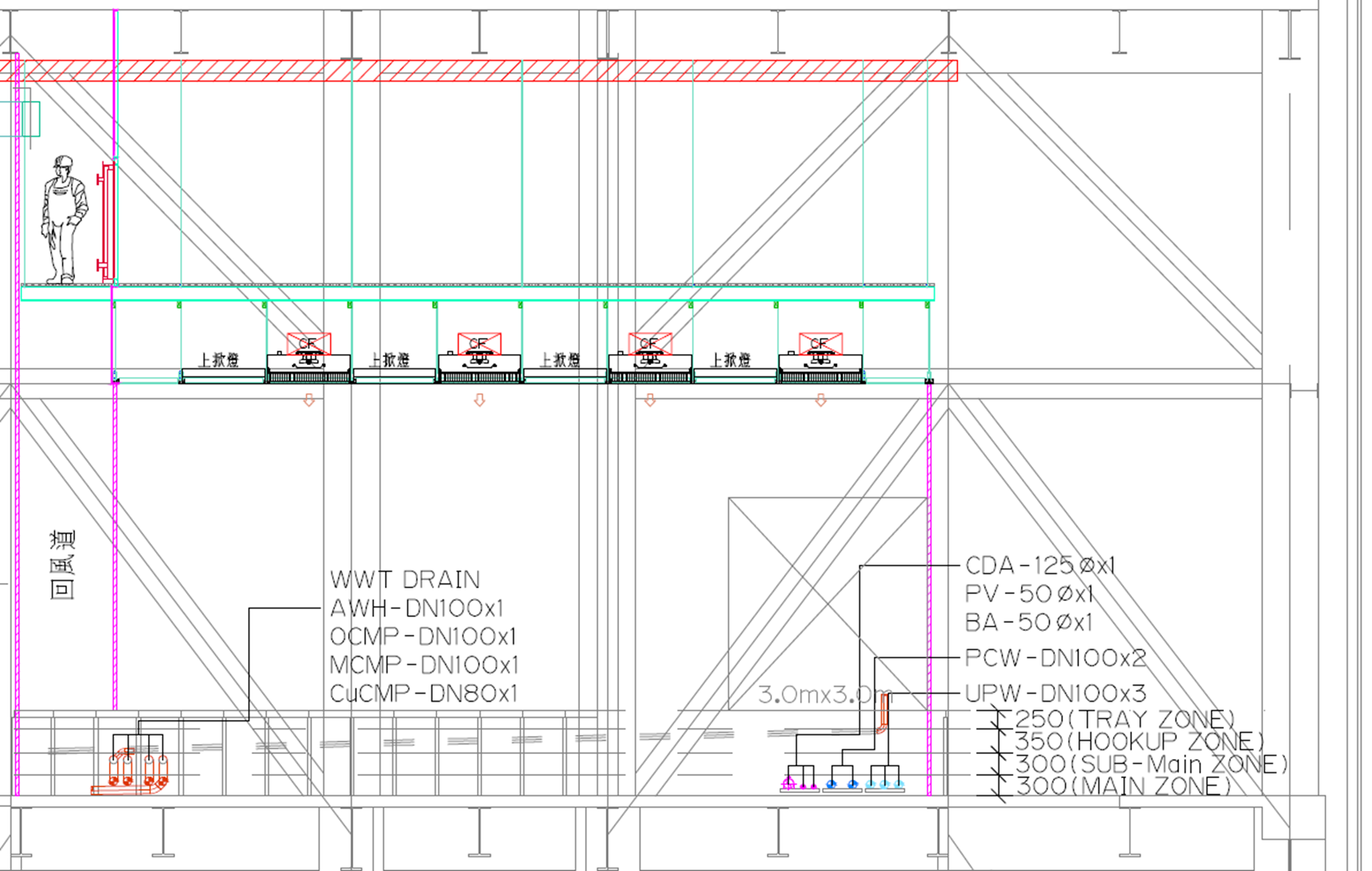
Mechanical and Electrical Integration Space Planning (Feasibility Study/Basic Design)
Permit for Design Plans of Mechanical and Electrical Public Utility Systems:
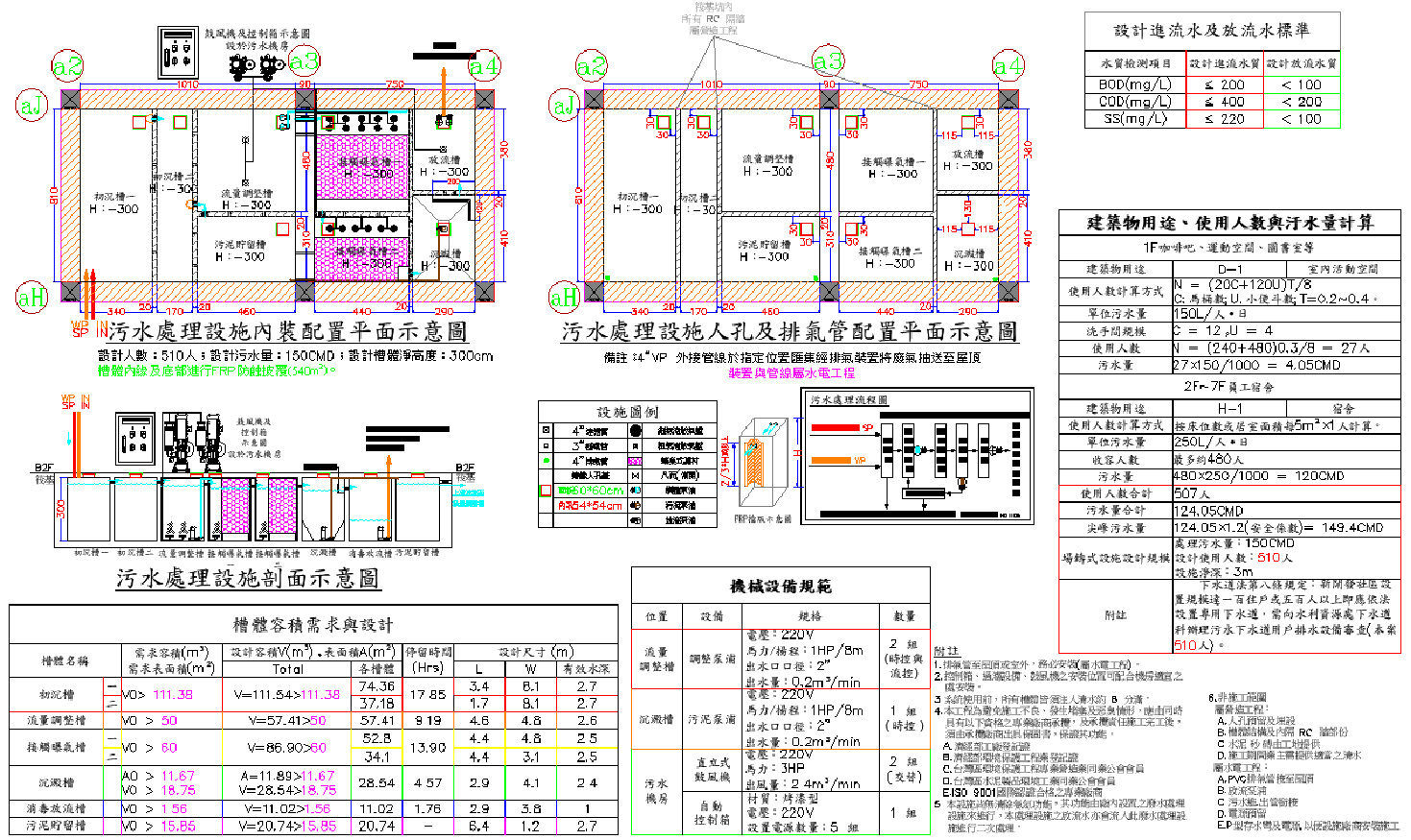

Tendering Planning & Tender Documentation Preparation(Detail Design)
Project Management & Construction Management
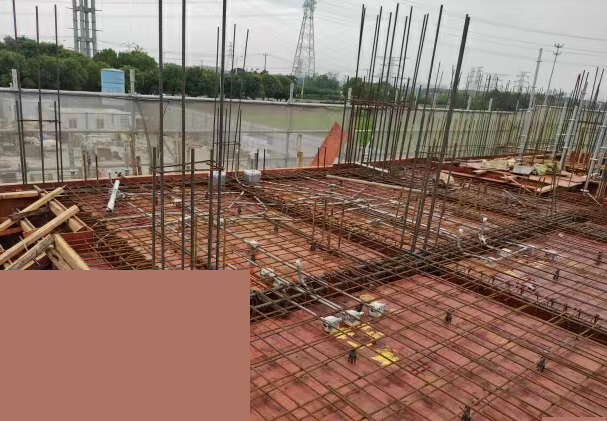
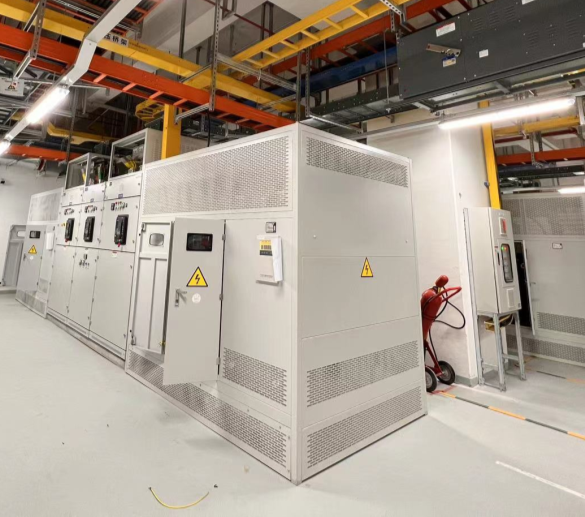
HV Power Distribution System
Electrical Power Distribution System


Telecommunications and Low-Current Systems
Facility Monitoring and Control System


Building Interior Finishing System
Cleanroom System


Air Conditioning System (HVAC)
Process Exhaust System
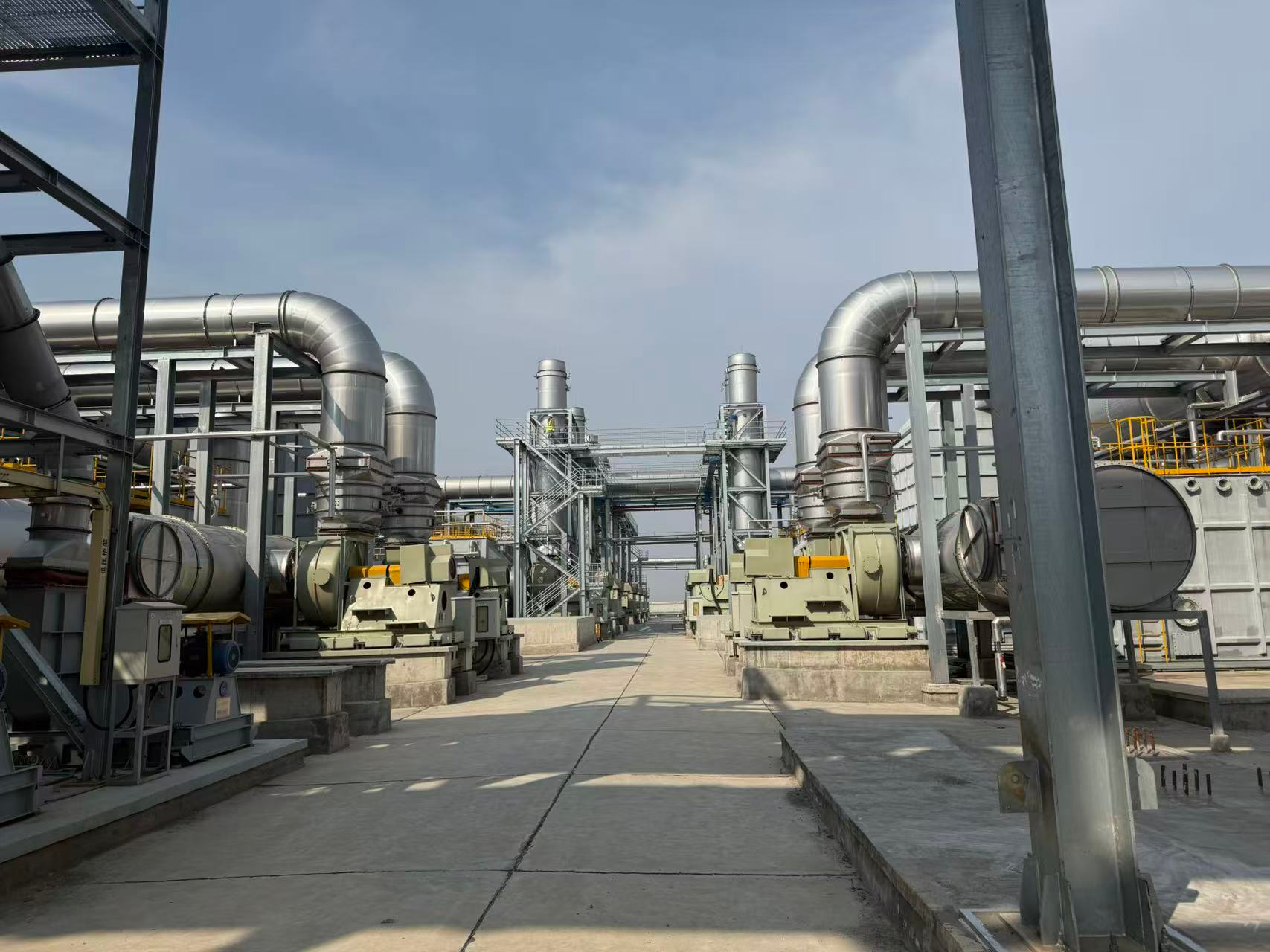

Process Supply System
UltraPure Water Treatment System(UPW)

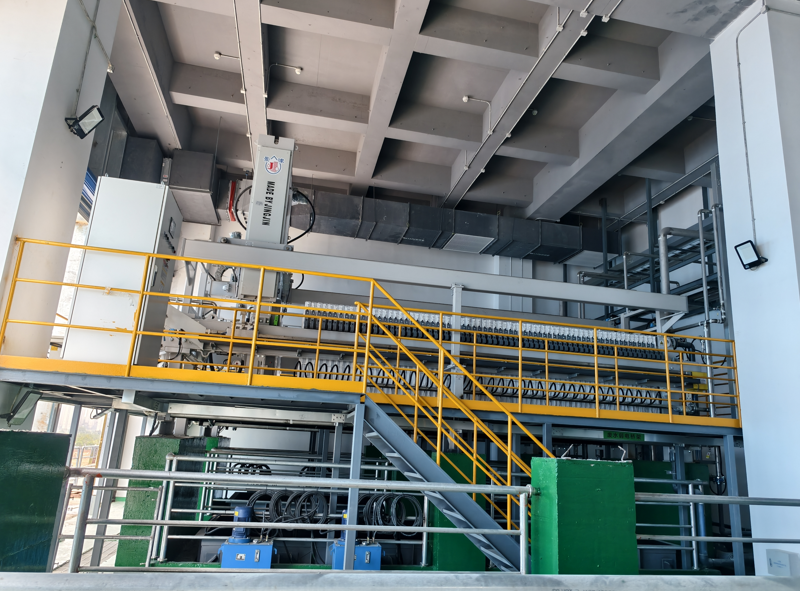
Wastewater Treatment System(WWT)
Recycled Water Treatment System


Bulk Gas System(BG)
Specialty Gas System(SG)


Chemical Supply System
Water Supply and Drainage System


Fire Protection System
Hook Up Planning and Design

Database Software Design for Hook Up